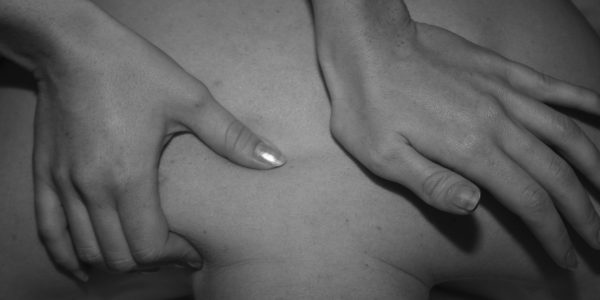Building flexibility, eating well, strengthening your core, dealing with stiffness are all great things for golfers, but they don’t matter much if you’re lower back is constantly in agony.
Nothing is worse for regular golfers than chronic back pain. Around 30 percent of golfers suffer from time to time with lower back pain. A significant proportion will develop slipped discs and hernias, which can put you out of the game for long stretches and the effects can be felt for years afterwards.
Mild back pain prevents golfers from assuming the correct posture. Even mild amounts of back pain can lead golfers to change their posture to feel more comfortable. In the process, they can assume positions that make it hard to load the swing effectively and deliver the club head at maximum speed.
Back pain also makes it harder to turn the body efficiently. You’ll often find that sufferers from back pain change their technique to prioritize flipping their wrists and may develop sways to engage their body, rather than rotating their shoulders. This can kill your distance.
However, back pain doesn’t have to devastate your game. Many players can counteract moderate back pain by eating the right diet, developing muscles that support the back during the golf swing and swinging in a way that doesn’t exert excess pressure on the base of their spine.
How Golfers Can Counteract Back Pain
There are two major things that golfers can do to prevent chronic lower back pain.
Firstly, they need to work on their core muscles. Strong core muscles, and engaging them during the swing support the lower back and can dramatically reduce and prevent back pain.
Secondly, golfers need to work on their flexibility. This allows them to move freely from address to the top of their backswing and through impact.
There are also some specific exercises that focus on building strength in your back:
Lower Back Extensions
Lie face down on an exercise mat. Place your arms face down in front of you and pull yours abs upwards, away from the mat. Now, lift your right arm and left leg about an inch off the floor and stretch as far as possible. Count five seconds, relax and mirror the stretch for your left arm and right leg.
The “Deadbug”
Lie on your back with your arms held above you facing the sky. Bring both knees up so your thighs are vertical. Now, stretch your right leg as far as you can, then your left arm and hold the stretch for a couple of seconds. After that, repeat for your left leg and right arm. Try to keep your back straight at all times.
Hip Flexor Exercises
Weak hip flexor muscles are another source of back problems for golfers and also help to transmit power during the transition, a critical factor for increased distance. A great exercise is to sit on a chair and hold a golf club horizontally behind your shoulders. Now, lift one leg up as far as possible and hold for 30 seconds before switching to the other leg.
If you incorporate these exercises into your regular core workout, you will add extra insurance against lower back pain and create the conditions to build a solid, powerful swing.
At the risk of sounding like a broken record, they need to be combined with other lifestyle changes to have maximum effect. A Primal diet with adequate protein combined with a golf-specific fitness routine will enable you to quickly build up muscles that support your back during your increasingly powerful swing.
